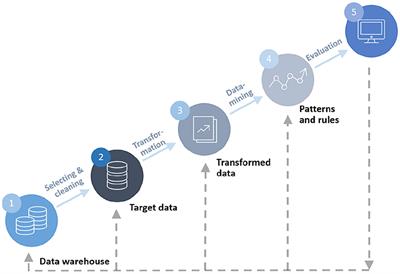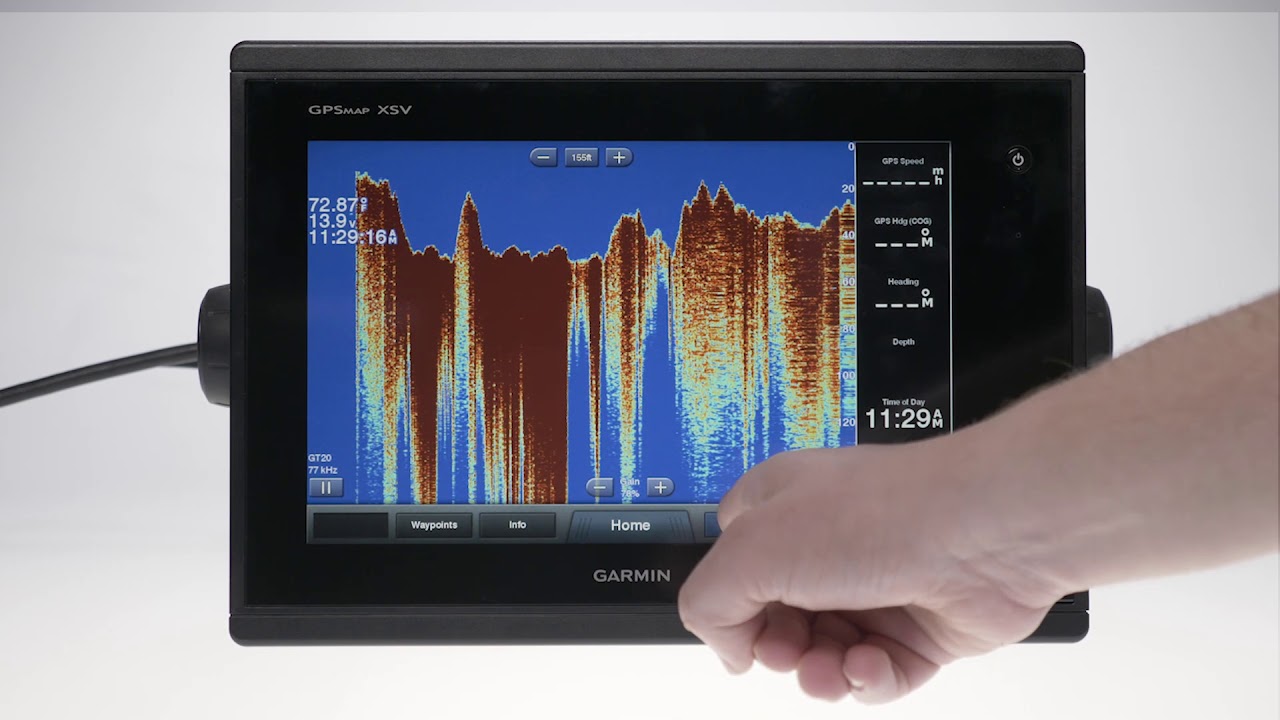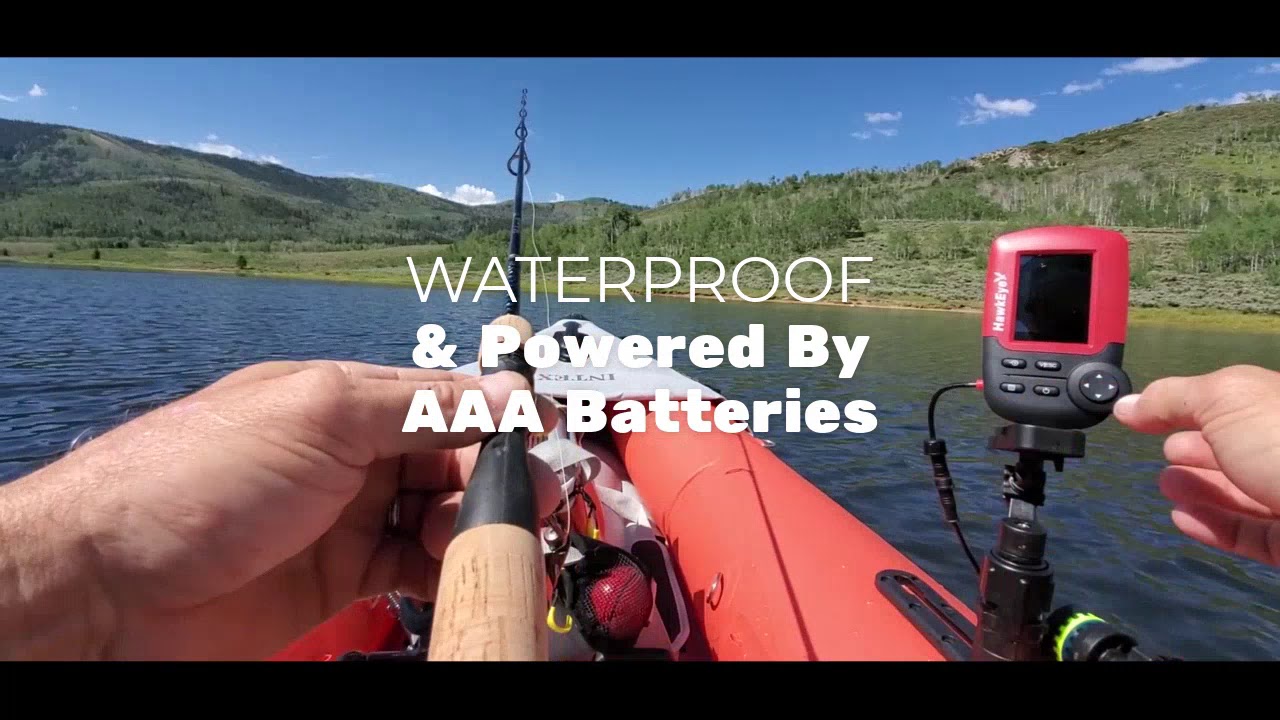Interpreting water temperature readings involves analyzing and understanding the measured temperature of water.
Understanding Water Temperature Readings
Water temperature readings provide valuable information for various purposes. It is essential to understand the factors that affect these readings. One important factor is seasonal variations. Water temperature can significantly change depending on the time of year. Another factor is the depth and location of where the temperature is being measured.
Deeper waters tend to have lower temperatures compared to shallower areas. Additionally, the location of the water body, such as a lake or an ocean, can influence the temperature readings. Furthermore, weather conditions play a crucial role. Factors like sunlight, wind, and air temperature impact the water temperature.
Taking all these factors into consideration will help in interpreting water temperature readings accurately, providing valuable insights for research, monitoring, and various water-related activities.
Importance Of Accurate Water Temperature Analysis
Accurate water temperature analysis is crucial as it has a profound impact on aquatic ecosystems. Monitoring the temperature helps understand marine life behavior and reproduction. Fluctuations in temperature can lead to the growth of excessive algae and other microorganisms. This can disrupt the balance of the ecosystem and harm marine life.
Furthermore, water temperature affects various human activities. In fishing and aquaculture, temperature changes can impact fish populations and breeding patterns. Water sports and recreation also depend on suitable temperature conditions for enjoyment and safety. By interpreting water temperature readings, we gain valuable insights into the health of aquatic environments and the potential consequences for both nature and human interactions.
Techniques For Interpreting Water Temperature Readings
Water temperature readings can be effectively interpreted using various techniques. One of the measurement methods includes thermocouples and thermistors, which provide accurate data. Data loggers and sensing probes are also reliable tools for collecting water temperature data. Analyzing water temperature patterns helps to understand temporal and spatial variations.
Temperature gradients play a crucial role in determining vertical stratification within the water bodies. It is essential to comprehend thermal barriers and fronts, as they impact water temperature distribution. By utilizing these techniques, researchers and scientists can gain valuable insights into the dynamics of water temperature and its implications for ecosystems and aquatic life.
Understanding water temperature readings is crucial for effective water resource management and environmental monitoring.

Credit: brill.com
Enhancing Accuracy Of Water Temperature Analysis
To ensure the accuracy of water temperature analysis, it is crucial to calibrate and regularly maintain the instruments used. This includes proper cleaning and storage practices, as well as implementing correct sampling procedures. Choosing appropriate sampling locations is also important, considering the variations in water bodies.
To minimize measurement errors, it is essential to take steps to avoid sensor fouling and reduce environmental interferences. By following these guidelines, the interpretation of water temperature readings can be enhanced, leading to more reliable data for analysis and decision-making purposes.
Application Of Water Temperature Analysis In Various Fields
Water temperature analysis has various applications in different fields. It plays a vital role in environmental monitoring and research, enabling scientists to understand the impact of climate change. Additionally, it helps assess water quality, ensuring the health and safety of aquatic ecosystems.
In ecological management, water temperature readings aid in protecting endangered species and restoring damaged habitats. Industries and households also rely on these measurements to manage water resources effectively. Furthermore, water temperature analysis is crucial for cooling systems and heat exchangers, optimizing their performance.
By interpreting water temperature readings accurately, we can make informed decisions to protect our environment and ensure sustainable water management.
Future Trends In Water Temperature Analysis
Water temperature analysis is being revolutionized by advances in remote sensing technologies. Satellite imagery enables global monitoring, capturing data on a large scale. Meanwhile, drone-based surveys provide localized insights into aquatic environments. These technologies can be integrated with other environmental parameters, allowing for a comprehensive understanding of water temperature trends.
To gain a holistic perspective, researchers are correlating water temperature with precipitation and nutrient levels. This helps identify relationships and potential impacts on ecosystems. Additionally, predictive modeling techniques are being used to forecast future changes in water temperature and anticipate ecosystem shifts.
As technology continues to advance, interpretations of water temperature readings will become more accurate and reliable, aiding in the management and conservation of our water resources. The future of water temperature analysis is exciting and promising.
Frequently Asked Questions On Interpret Water Temperature Readings
How Can I Interpret Water Temperature Readings?
To interpret water temperature readings accurately, consider factors like the source of the reading, the location, and the time of day. Water temperature can affect various activities such as swimming, fishing, or water sports, so understanding it can help you plan accordingly and ensure safety.
Why Is It Important To Monitor Water Temperature?
Monitoring water temperature is crucial for several reasons. It helps protect aquatic life by identifying any significant changes that could impact their environment. It also provides important information for water sports enthusiasts, fishermen, and swimmers, as temperature variations can affect their experiences and even pose risks.
What Are The Optimal Water Temperature Ranges For Different Activities?
Optimal water temperature ranges vary depending on the activity. For swimming, most people find temperatures between 78°F and 82°F (25°C and 28°C) comfortable. Fishing enthusiasts generally look for temperatures that attract specific fish species. Water sports like surfing or diving may require different temperature preferences for optimal enjoyment and safety.
How Can I Measure Water Temperature Accurately?
To measure water temperature, you can use a thermometer specifically designed for water temperature readings. These thermometers are typically waterproof and designed for various environments. When measuring, make sure to place the thermometer in the water, away from any heat sources or direct sunlight, for the most accurate reading.
Conclusion
Understanding water temperature readings is crucial for various reasons. It helps in determining the appropriate conditions for aquatic life, ensuring the safety of swimmers, and tracking changes in weather patterns. By interpreting water temperature data accurately, we can make informed decisions related to recreational activities, agriculture, and conservation efforts.
Monitoring water temperature is essential for fisheries management and assessing the health of aquatic ecosystems. It also plays a vital role in predicting and mitigating the effects of climate change on our water resources. With the availability of modern technology and user-friendly tools, anyone can easily access and interpret water temperature readings.
By staying informed and aware of the significance of water temperature, we can contribute to the sustainable management of our water bodies and ensure the well-being of all associated ecosystems. Remember, knowledge about water temperature empowers us to make better choices for ourselves and the environment.





